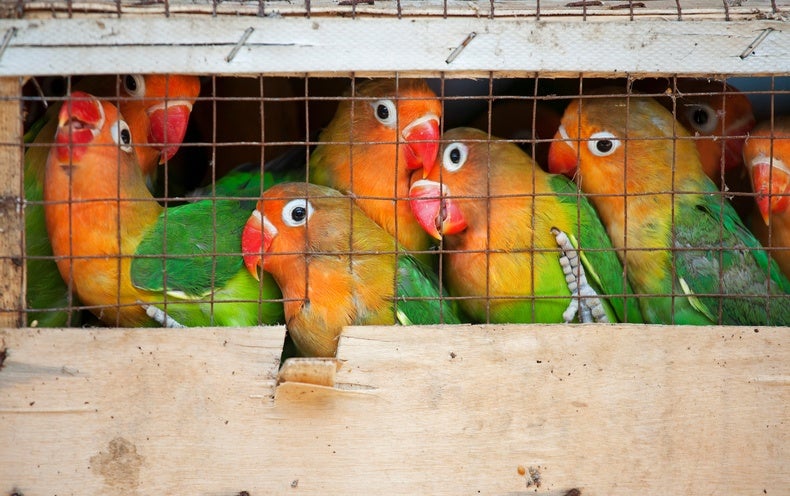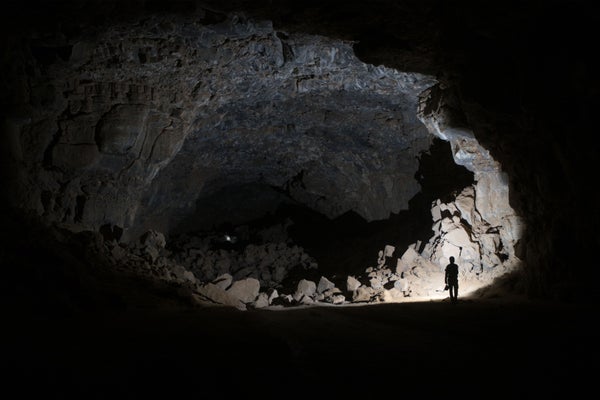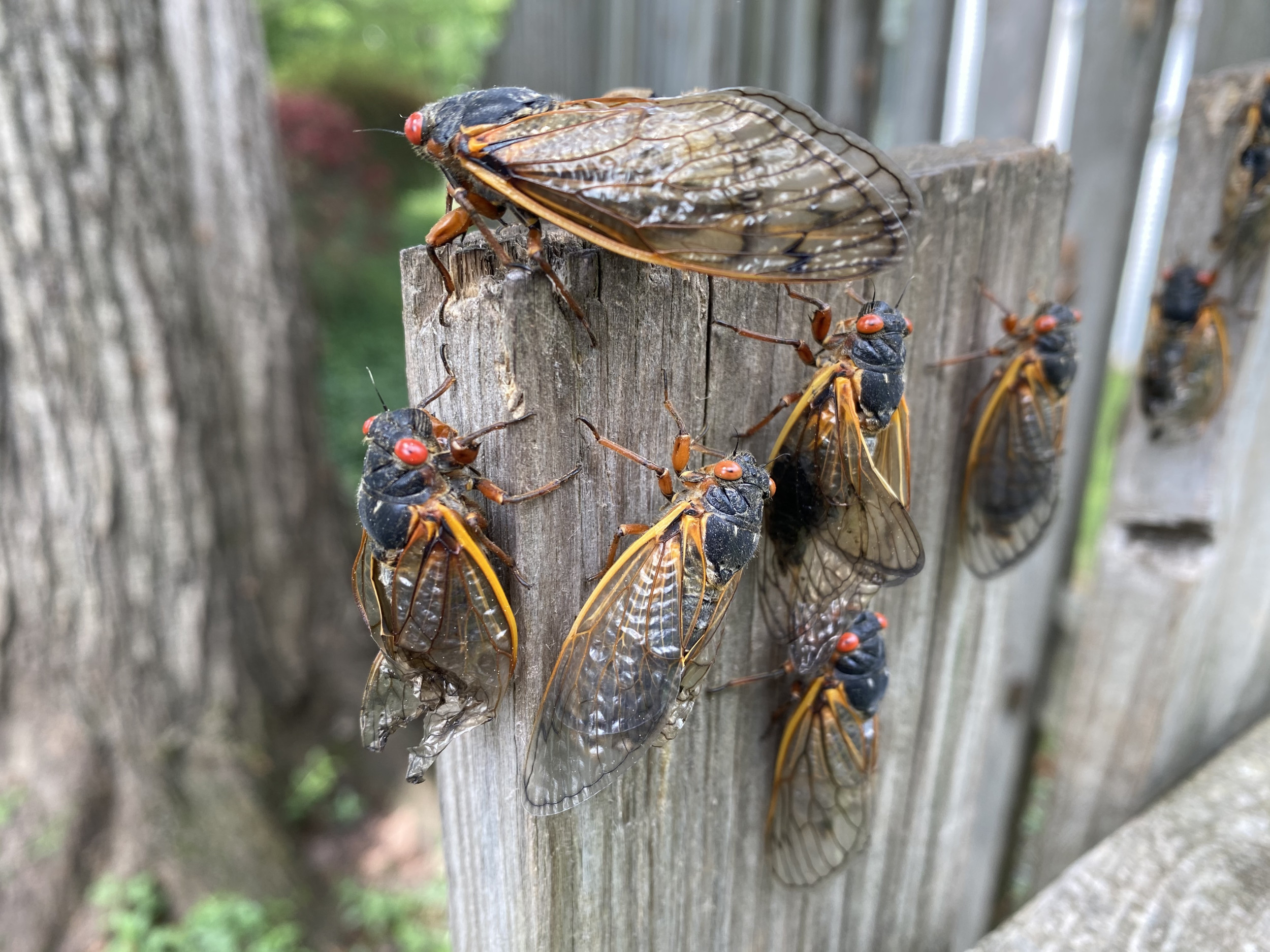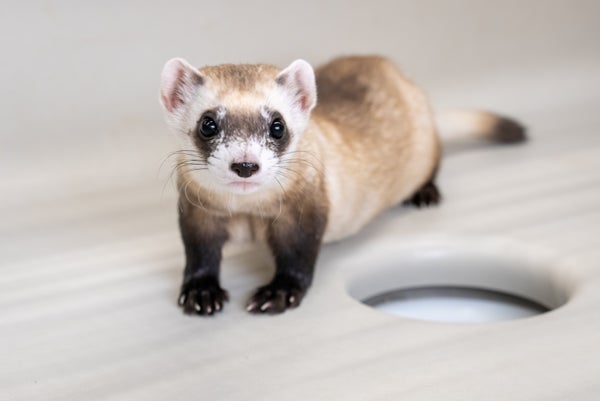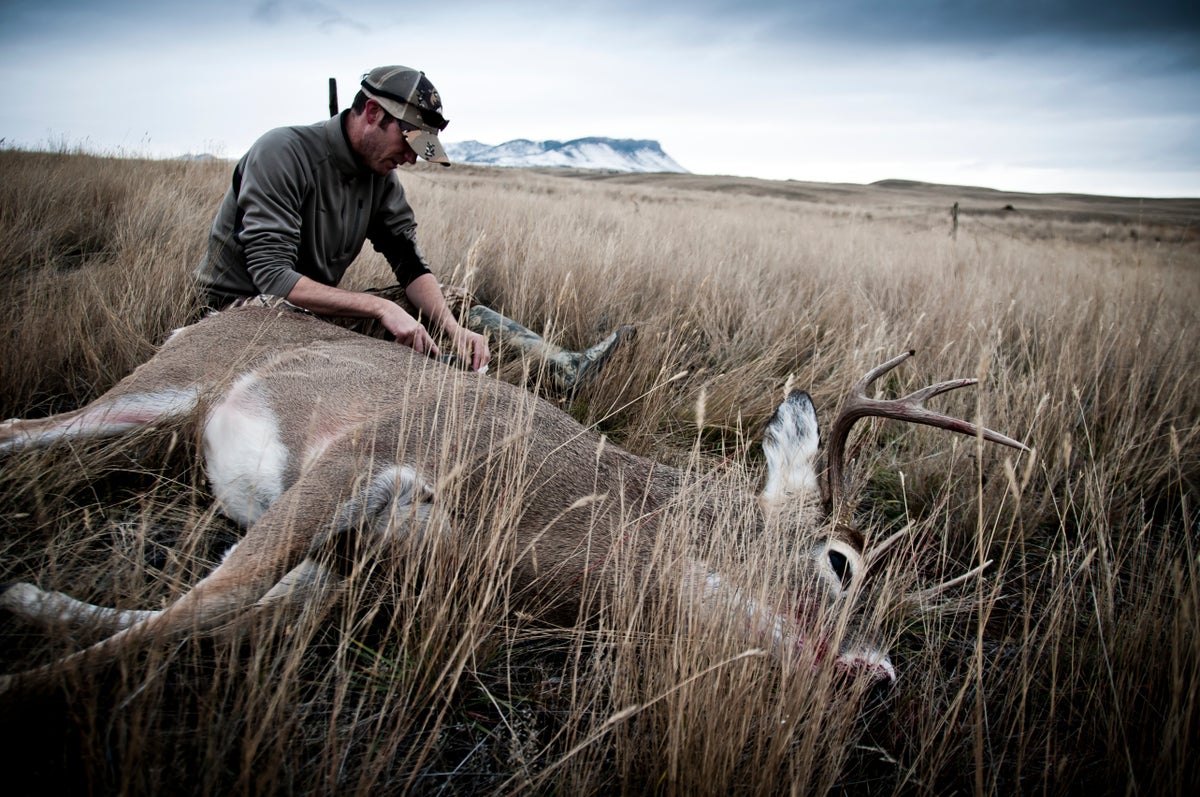People have prolonged been effective predators, thanks to our advanced cognition, tools and technological innovation. And now a new examine examining human predation’s affect on nature reveals some refreshing insights, these kinds of as the actuality that we seize even extra terrestrial vertebrate species for drugs, the unique pet trade and other utilizes than we do for food—setting us aside as a remarkably unconventional type of predator.
Research creator Chris Darimont, an ecologist who is also an avid hunter and angler, suggests he first imagined to search at patterns of human predation right after he heard fellow hunters disparagingly calling wolves and bears “goddamn predators.”
“Personally, I believed that was peculiar,” offered that human beings are also predators, Darimont says. Although the ecological impacts of predators this sort of as wolves, bears and orcas are well researched (Darimont himself has studied wolves for decades), contemporary human predator ecology has received significantly less consideration. So Darimont, who is effective at the University of Victoria in British Columbia and the nonprofit Raincoast Conservation Basis, assembled colleagues in Brazil, Canada, the U.S. and the U.K. to investigate humans’ predatory purpose. The researchers explored how our prey options differ from put to area and how our predatory motivations—from the unique pet trade to activity looking and fishing—affect species’ extinction risk.
Predation usually refers to catching and killing prey for food. But for the applications of their examine, Darimont and his group outlined it as “any use that eliminates people today from wild populations, lethally or normally, via procedures ranging from neighborhood subsistence to international professional harvesting and trade.” In the study, released on June 29 in Communications Biology, the workforce analyzed info from the Intercontinental Union for Conservation of Mother nature (IUCN) that categorize how a large vary of species are used—for case in point, as human or animal meals or in activity searching or drugs. For the about 47,000 vertebrate species examined, Darimont and his colleagues also checked on which kinds of human use were being rated by the IUCN as a significant menace. They then made use of this info to ascertain the degree to which a species was endangered by human predation.


The team’s analysis exposed that humans target some 15,000 vertebrate species, amounting to just one third of all these types of species on Earth. That’s any place from five to 300 times the range of species focused by other predators with a large geographical vary, these kinds of as sharks, birds of prey and mammalian carnivores. Our ecological affect, the researchers found, is 1,300 moments larger sized than that of comparable predators.
When they assessed species by habitat, they discovered that people have the biggest affect in the ocean. People exploit 43 p.c of the maritime species examined in the review (primarily fish). We additionally use about 35 p.c of assessed freshwater species and 26 p.c of terrestrial types. Taxonomically, birds have been the most difficult-hit team, with 46 percent of evaluated species utilised in some way—many captured for the pet trade. Ray-finned fishes (such as Atlantic bluefin tuna and sockeye salmon) were the following most affected taxonomic team, with 42 per cent of species utilized, numerous for foods.
But in general the new study identified that only about half of the species humans prey on conclusion up getting eaten. “Food use was not as major a use as we envisioned,” claims examine co-author Rob Cooke, an ecologist at the U.K. Center for Ecology and Hydrology. “The other half was these assorted takes advantage of for dresses and animal feed and poison and production chemicals.” To Cooke and Darimont, the extent to which animals have been taken from the wild to become animals was the most surprising acquiring. Much of this is for the captive fowl trade, but there is also substantial trade in reptiles and in fish for aquariums.
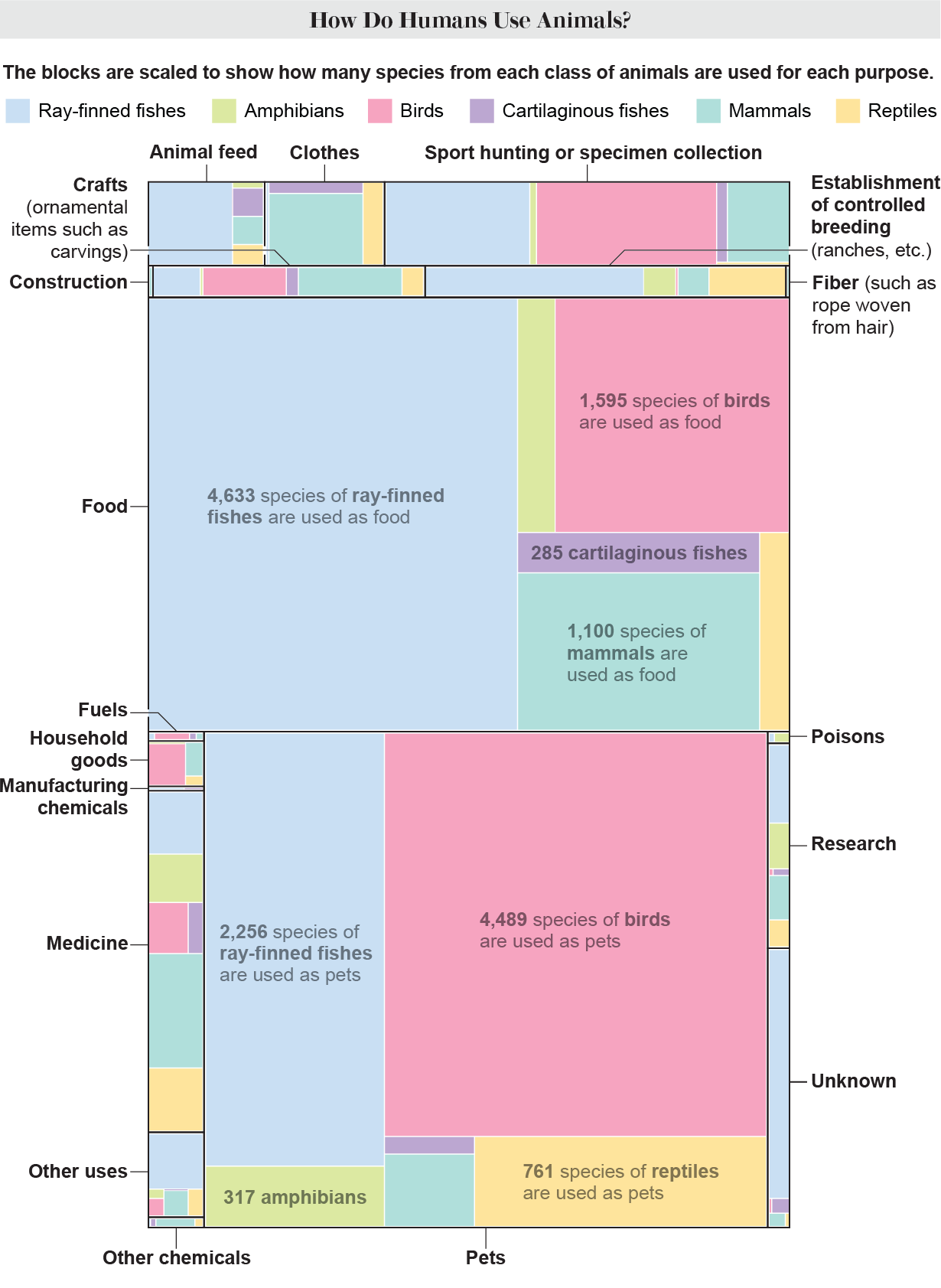


Conservation biologist Nuria Selva of the Institute of Mother nature Conservation at the Polish Academy of Sciences, who was not involved in the review, was also struck by the prevalence of the pet trade. This is not a key require,” she claims, “so this, for me, was a little bit surprising.”
Nearly 40 % of species applied by individuals are threatened by this various vary of human exploitation.
The exploration also highlighted that the prey humans goal is extremely precise, not a random choice of what is out there. That issues because different species do unique work opportunities in their respective ecosystems, and some are additional vital than other people in phrases of their ecological job, Cooke states. “We’re more possible to do harm to species that provide some quite special roles in ecosystems,” Darimont states. He notes that such a species’ mixtures of qualities may well not be nicely represented by other animals, earning that species functionally irreplaceable. Cooke gives the instance of seed-dispersing fruit eaters that are critical to forest regeneration, this kind of as the Helmeted Hornbill in Southeast Asia. Illegal wildlife traders commonly concentrate on this fowl for its beak, which is carved into collectibles.
College of British Columbia ecologist Kaitlyn Gaynor, who was not associated in the new exploration, states its findings are apparent proof that people are novel predators. If anything, she suggests, the study’s conclusions are conservative. “We of training course don’t have perfect information and facts on just about every solitary species that people are utilizing,” she says.
Individuals are “the Swiss Military knife of predators,” Darimont suggests. For eons we behaved like numerous other predators that capture prey for vitality and vitamins and minerals, he suggests. Now we a lot more typically remove terrestrial animals from the wild for nonfood factors. “To me, that’s incredible,” Darimont claims, introducing that we’re a materially oriented tradition. “We like things.”


